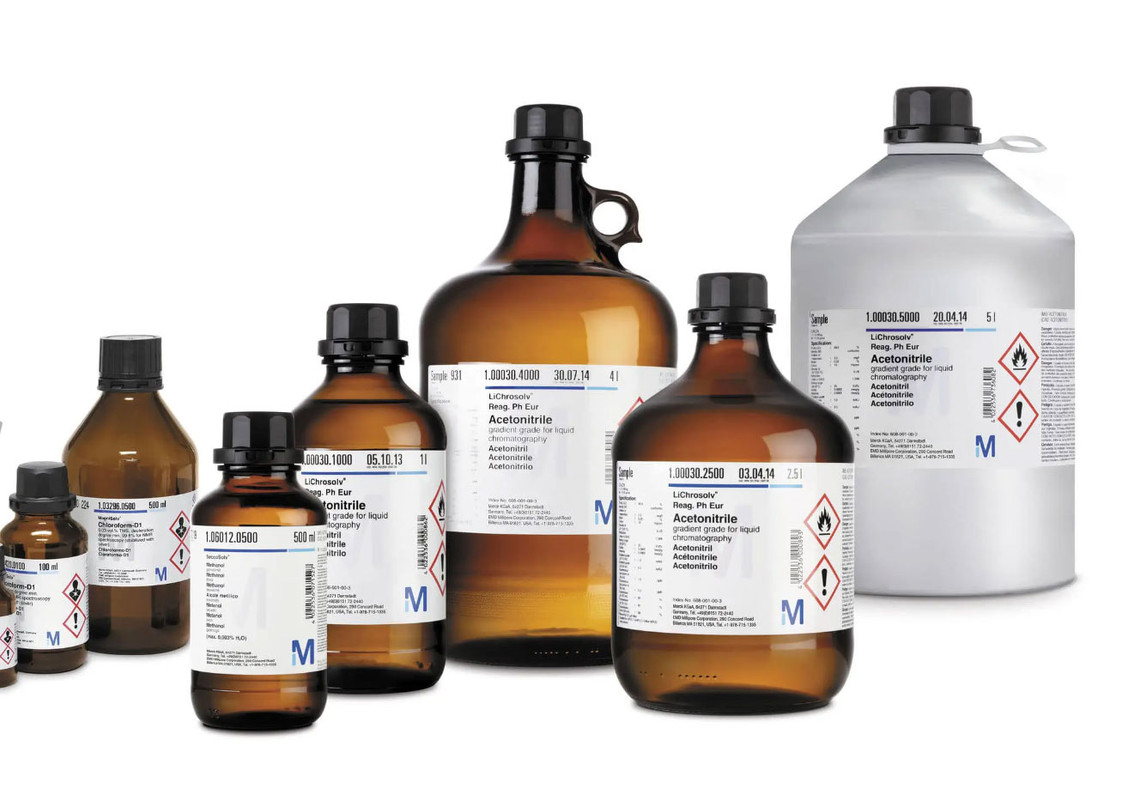Understanding Common Lab Solvents
Solvents are a class of chemicals defined by their function. Solvents are used to dissolve, suspend or extract other materials without chemically changing the components.
There are more than 1000 solvent varieties used in research, spectroscopy, analytical chemistry and manufacturing industries. They come in Research, Technical, USP, HPLC, LCMS, ACS Reagent, ASTM Types 1-IV, NIST Traceable, and Spectral grades, as well as molecular biology grades and pre-made mixtures as DNAse-free solutions.
Common Laboratory Solvents
Download the Solvents Quick Reference List
Download the Solvents, Pre-made Solutions and Water Quick Reference List
Common NMR Deuterated Solvents
Download the NMR Solvent Quick List
18th Aug 2022
Recent Posts
-
Disinfecting Surfaces in the Era of Covid and EPA Registered Commercial Disinfectants and Viricides
The disinfection of surfaces at home, in public spaces, and in hospitals and clinics needs to be a …15th Jan 2023 -
Working with Inorganic Acids in the Laboratory: A Practical Guide
Working with Inorganic Acids in the Laboratory Acids are of great importance in the laboratory and a …5th Jan 2023 -
The Top 12 Drinking Water Contaminants
1.Lead- from older plumbing systems pre-1986, when lead pipes, solder, and components were banned. …14th Dec 2022

